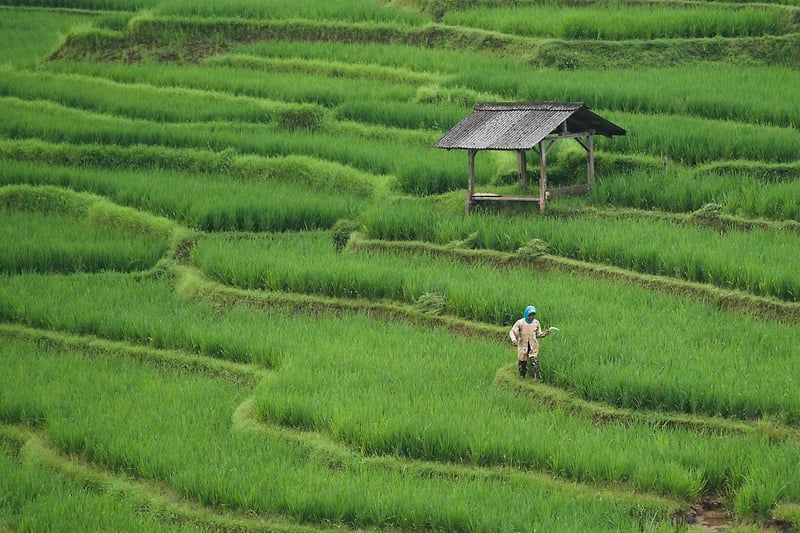Vertical Farming
The Future of Agriculture: Harvesting in Urban Spaces + Vertical Farming

Introduction
Urban spaces around the world are experiencing a transformation in agriculture practices with the rise of vertical farming. This innovative approach to farming is revolutionizing the way we grow crops and address food security challenges in urban areas.
Benefits of Vertical Farming
- Maximizes land use efficiency
- Reduces water usage
- Minimizes transportation costs
- Enables year-round crop production
- Reduces reliance on pesticides
Challenges and Solutions
While vertical farming offers numerous benefits, it also comes with its own set of challenges such as high energy costs and initial setup expenses. However, advancements in technology and sustainable practices are addressing these challenges effectively.
Examples of Urban Farming Success
Several cities have embraced urban farming and vertical gardening to enhance their food security and sustainability. Notable examples include:
- Brooklyn Grange in New York City
- Gotham Greens in Chicago
- Plenty in San Francisco
Future Prospects
The future of agriculture lies in innovative solutions like vertical farming, which hold the potential to transform urban spaces into thriving hubs of sustainable food production. As technology continues to advance, we can expect more cities to adopt these practices and pave the way for a greener and more food-secure future.
Conclusion
Harvesting in urban spaces through vertical farming represents a significant step towards sustainable agriculture and food security. By harnessing technology and creative solutions, we can create a more resilient and environmentally friendly food system for generations to come.
For more information on urban farming and vertical gardening, visit VerticalFarm.com.
